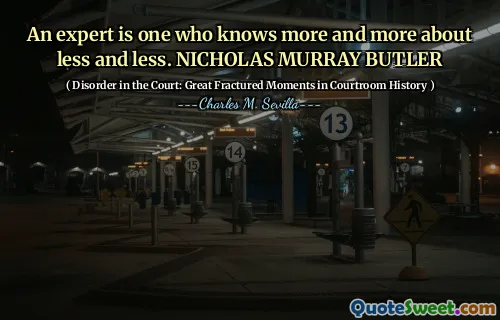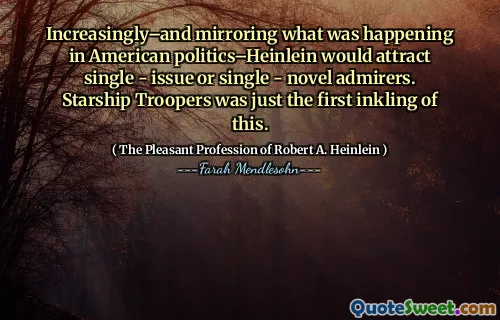Little diverted from there they highlighted these three cars, and the angry noise of their wheels ceased, and then another one, no noisexviii, was heard, but a are of a soft and concerted music formed, with which Sancho was glad, and had it good Signal, and, thus, he told the Duchess, from whom a point or a step away: -Shile, where there is music there can be no bad thing. "Tampo where there are lights and clarity," the Duchess replied. To which Sancho replied: -Huz gives the fire, and clarity the bonfires, as we see in which they close and it could well be that burned us; But music is always an indication of rejoicing and parties.
In this passage from "Don Quixote of La Mancha," Sancho Panza observes a shift from the noise of the cars to a more pleasant, harmonious music that brings him joy. He expresses his belief to the Duchess that where there is music, there is positivity and celebration. Sancho finds reassurance in the sounds of joy, contrasting it with the potential dangers of light and fire, which can be risky, as seen in bonfires. This reflects his optimistic nature and belief in the joyful aspects of life.
The Duchess engages with Sancho's thoughts, highlighting that while music signifies good times, clarity and light can also pose risks. They discuss the duality of experiences—where joy can exist alongside danger. Sancho's perspective emphasizes a theme of finding happiness in music despite life's uncertainties, underscoring the importance of joy and celebration in their adventures. This exchange showcases the camaraderie and philosophical reflections found in Cervantes' work.





